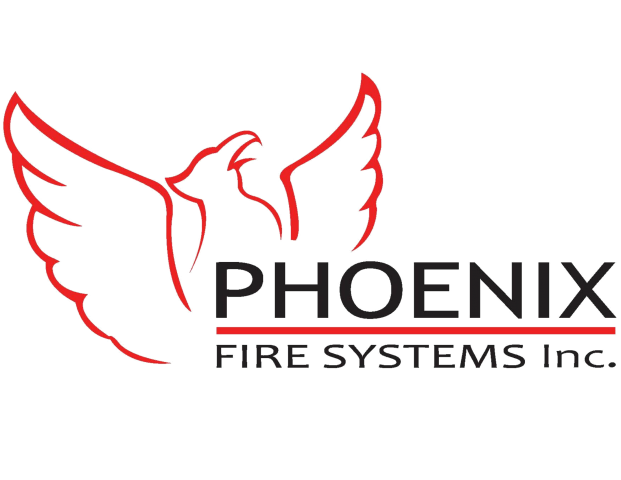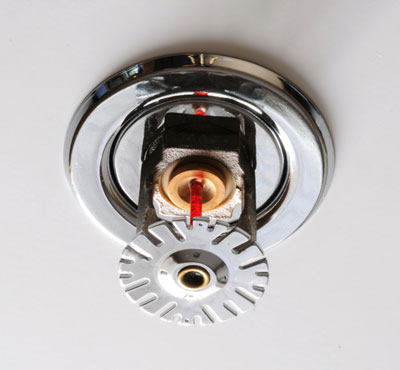

Sprinkler Systems
The Ontario Fire Code and the National Fire Code both mandate annual inspections and testing of Fire Sprinklers to National Fire Protection Association (NFPA) Standard 25.
Qualified & trained personnel must carry out fire sprinkler system safety inspections and testing.
Our customers know with confidence that…
Phoenix Fire Systems will perform fire sprinkler inspections to the highest industry standards, complete with certification and cutting edge documentation.
Standard wet pipe sprinkler systems to state of the art complex multi- facetted systems.
Exposed sprinkler piping hangers should be inspected annually to ensure that they are kept in good repair.6.5.3.2.
Sprinkler heads shall be checked at least once per year to ensure that they are free from damage, corrosion, grease, dust, paint or whitewash.6.5.3.5.
Water supply pressure and system air, or water pressure should be inspected by using gauges to ensure that the system is maintained and are at the required operating pressure.6.5.3.3.
Dry-pipe valve rooms or enclosures in unheated buildings should be inspected as often as necessary when the outside temperature falls below 0oC to ensure that the system does not freeze.6.5.3.4.
Auxiliary drains shall be inspected to prevent freezing. 6.5.4.1.
Water flow alarm tests using the most hydraulically remote test connection shall be performed annually on wet sprinkler systems.6.5.5.3.
Dry-pipe valves should be trip tested annually.6.5.5.4.(2)
Sprinkler system water supply pressure should be tested annually with the main drain valve fully open to ensure that there are no obstructions or deterioration of the main water supply.6.5.5.5.
Fire pumps should be tested annually at full rated capacity to ensure that they are capable of delivering the rated flow.6.6.3.5.
Plugs or caps shall be removed annually and the fire department connections inspected for wear, rust or obstruction and corrective action shall be taken as needed.6.4.1.3.(2)
Hose stations should be inspected monthly to ensure that the hose is in proper position and that all of the equipment is in place and in operable condition.6.4.2.1.
Hose valves should be inspected annually to ensure that they are tight so that there is no water leakage into the hose.6.4.2.4.
Standpipe hose should be inspected and re-racked annually and after use, and any worn hose or gaskets in the couplings at the hose valves and at the nozzle replaced.
When hose is re-racked as required in Sentence (1), it shall be done so that any folds will not occur at the same places.6.4.2.5.(1)